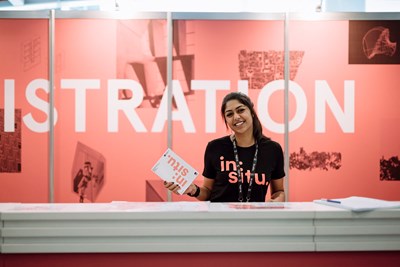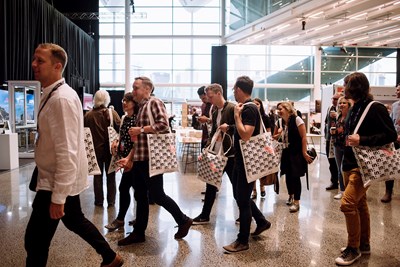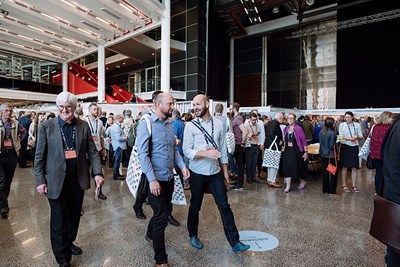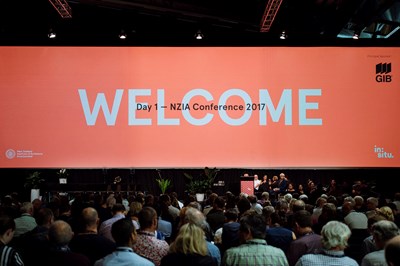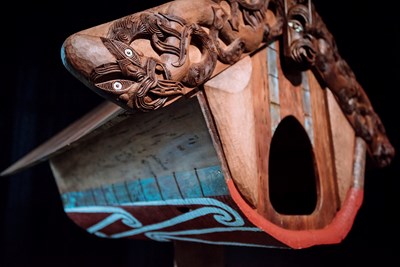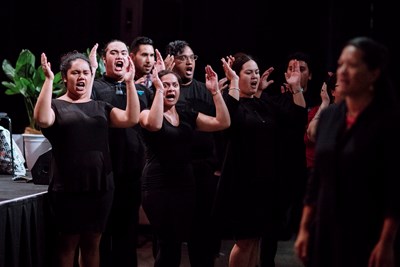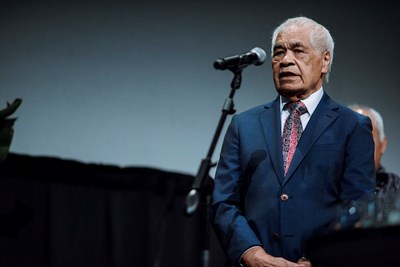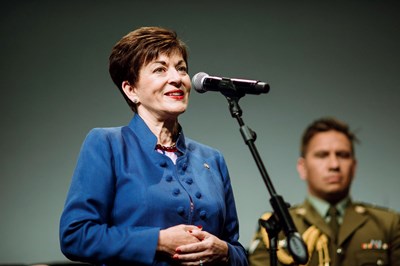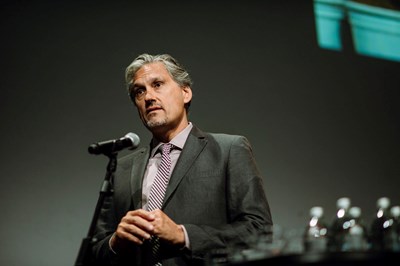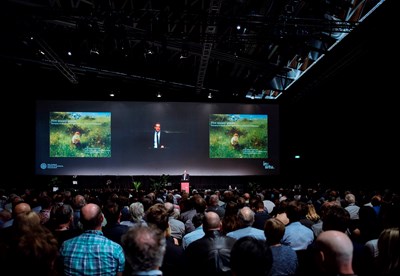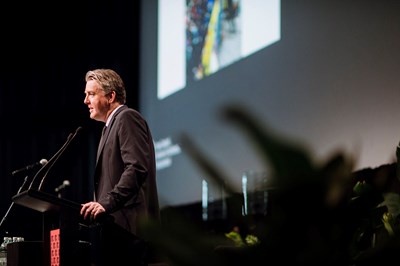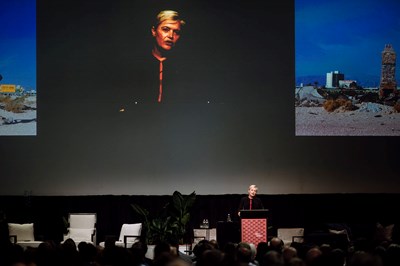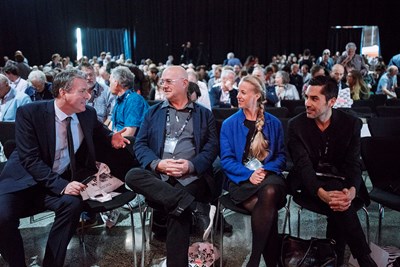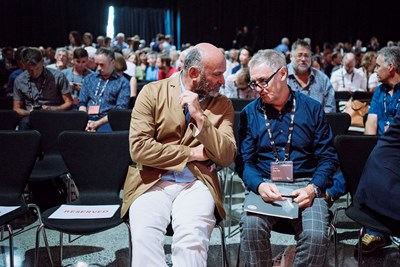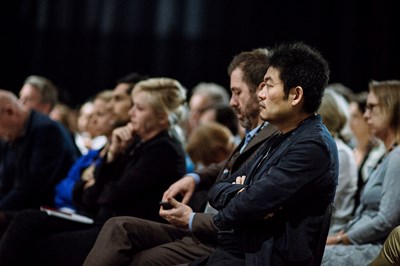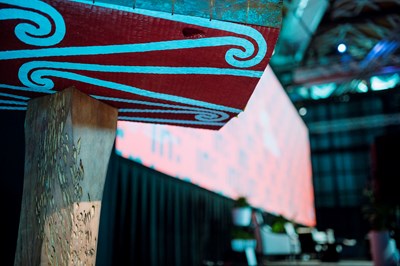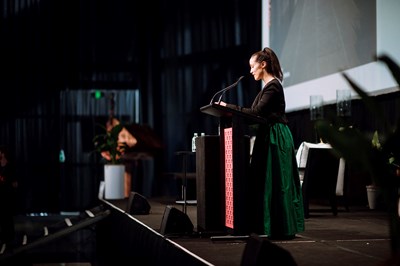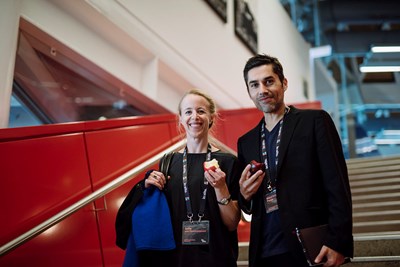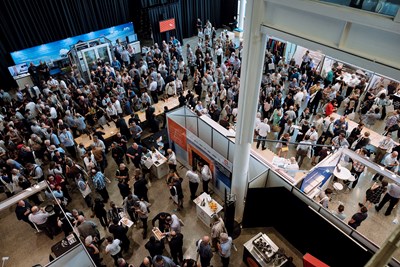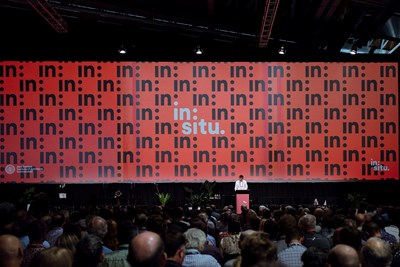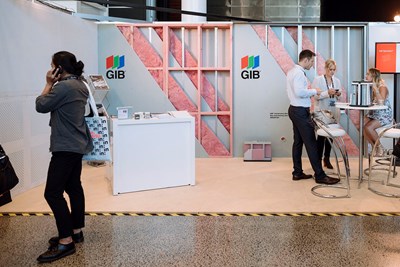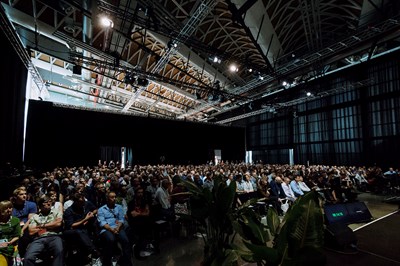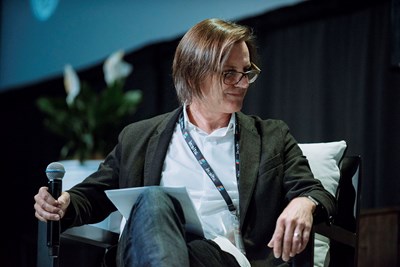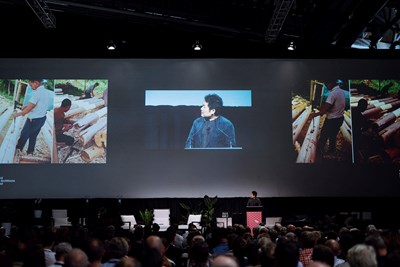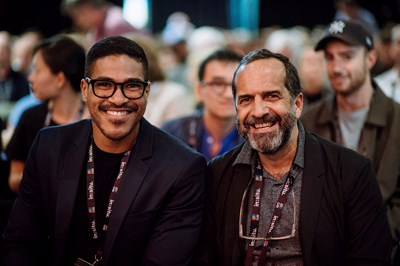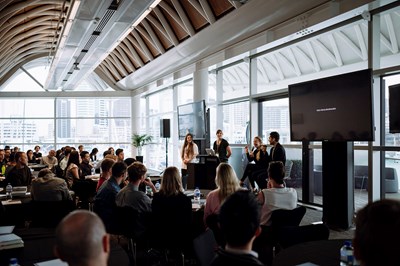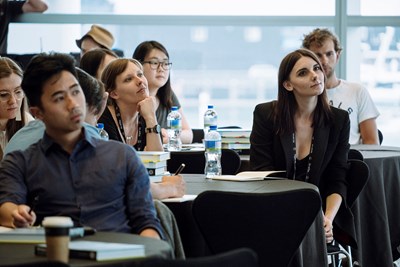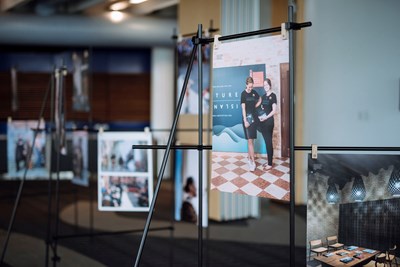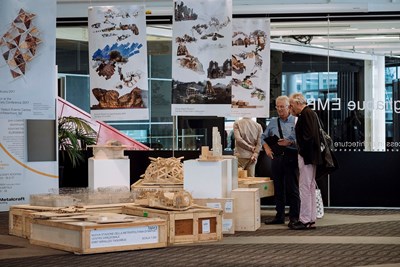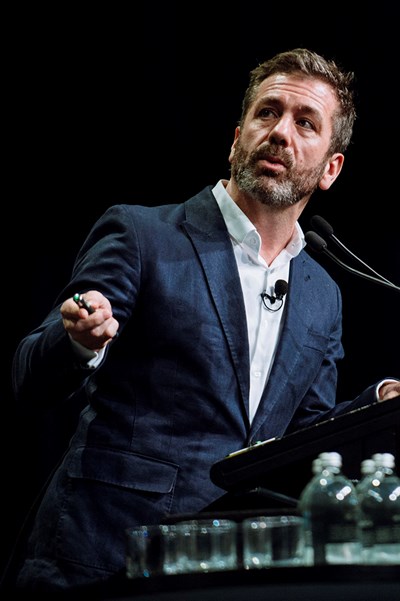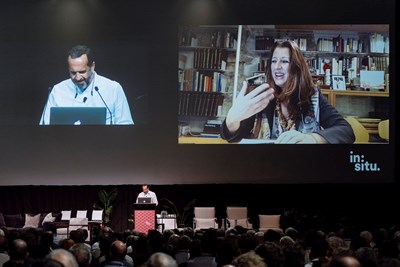in:situ 2017
9–11 February 2017, ANZ Viaduct Event Centre
Photo by David St George
At in:situ 2017, eleven speakers at the forefront of international architectural practice spoke to a sold-out crowd at Auckland's Viaduct Events Centre.
in:situ 2017 is a biennial event that provides New Zealand’s architecture professionals, graduates, students, and members of the public with opportunities to listen, learn and derive inspiration from world-leading leading practitioners. Collectively, the speakers represent the pursuit of excellence in their architectural endeavours. As individuals, they work across projects of varied scales, types and budget.
In 2017, as it did in 2015, in:situ was a sold out event. The speakers were:
David Adjaye: A British-Ghanaian architect, Adjaye was responsible for the design of the recently opened Smithsonian National Museum of African American History and Culture (NMAAHC) – a USD500m cultural building that allows African American history and culture to be writ-large on the National Mall of the United States.
Alison Brooks: The only UK architect to have Britain’s three most prestigious architecture awards, Brook’s recent works, include Newhall Be (a 2014 Stirling Prize contender) in Essex, and Ely Court, where 43 new dwellings were inserted into a notorious housing estate in South London. Each shows how an innovative planning and design approach yields high-quality and attractive housing intensification.
Benedetta Tagliabue: Based in Barcelona, Tagliabue is director of Miralles Tagliabue EMBT, a large firm with offices in Spain and China. In Spain, Tagliabue’s works include the Gas Natural Building, Santa Caterina Market and Diagonal Mar Park. Projects further afield include the Scottish Parliament in Edinburgh and Utrecht Town Council and Music School of Hamburg, for which she received the 2005 Stirling Prize (one of international architecture’s highest honours).
Todd Saunders: Norway-based Todd Saunders is best known for his work on Fogo Island. As part of a progamme to revitalise the island economy, Saunders designed four Fogo Island Studios as well as the Fogo Island Inn. The buildings feature in the 2014 film Strange & Familiar: Architecture on Fogo Island, which explored the ideas and aspirations behind the ambitious architectural venture.
Ian McDougall: Since 1988, when Ian McDougall, Howard Raggatt and the late Steve Ashton formed Ashton Raggatt McDougall (ARM) in Melbourne, the practice has gone on to be one of Australia’s most prominent architecture firms. ARM buildings are ambitious, often witty, experimental and politically engaged. McDougall’s work includes the Hamer Hall Redevelopment at Arts Centre Melbourne, MTC Southbank Theatre and Melbourne Recital Centre, the masterplanning of Melbourne Docklands, and the Shrine of Remembrance Visitors Centre in Melbourne.
Barbara Bestor: Barbara Bestor Architects, established in Los Angeles in 1995, has designed numerous houses in the city’s hipper environs, places like Venice, Silver Lake, Los Feliz and Topanga Canyon. With Blackbirds, a cluster of 18 small homes in Echo Park, Bestor moved confidently into multi-unit residential design. Her portfolio of projects includes also includes acclaimed commercial work – for Beats by Dre, Dangerbirds Records, Nasty Gal and Intelligentsia. Bestor has taught at UCLA and Harvard and is the author of Bohemian Modern, Living in Silver Lake.
Mauricio Pezo and Sofia von Ellrichshausen: In 2002, Pezo and von Ellrichshausen established their art and architecture studio in Concepción, southern Chile. Since then, they have produced a number of works – pavilions, exhibitions and installations – that attest to their shared interest in architecture as both an intellectual pursuit and practical endeavour. South American architects are noted for their mastery of concrete forms, and Pezo von Ellrichshausen has illustrated this regional trait in projects including The Poli House, Casa Guna and Casa Cien.
Hua Li: After graduating from Tsinghua University in 1994, Hua Li studied at Yale University, graduating with a M. Arch in 1999. After practicing in New York and Beijing, Li founded Trace Architecture Office (TAO) in 2009. TAO operates in China’s urban, rural and regional fringes, undertaking projects that are frequently positioned in cultural and natural settings. Key works include the Museum of Handcraft Paper, which was shortlisted in for an Aga Kahn Award in 2013, Xiao Quan Elementary School and Split Courtyard House.
John Wardle: John Wardle’s architecture is closely tailored to its place and highly experiential in nature. It’s also highly regarded – John Wardle Architects has twice received the Australian Institute of Architects Sir Zelman Cowen Award for outstanding works of public architecture; he is a three-time winner of the Harold Desbrowe-Annear Residential Award, two-time winner of the Victorian Architecture Medal and, in 2012, received the Esmond Dorney Award for Residential Architecture.
Christopher Hawthorne: Before becoming architecture critic for the Los Angeles Times in 2004, Christopher Hawthorne was architecture critic for Slate and a frequent contributor to the New York Times. He is the author, with Alanna Stang, of The Green House: New Directions in Sustainable Architecture.
in:situ was held at the ANZ Viaduct Event Centre from 9-11 February.




